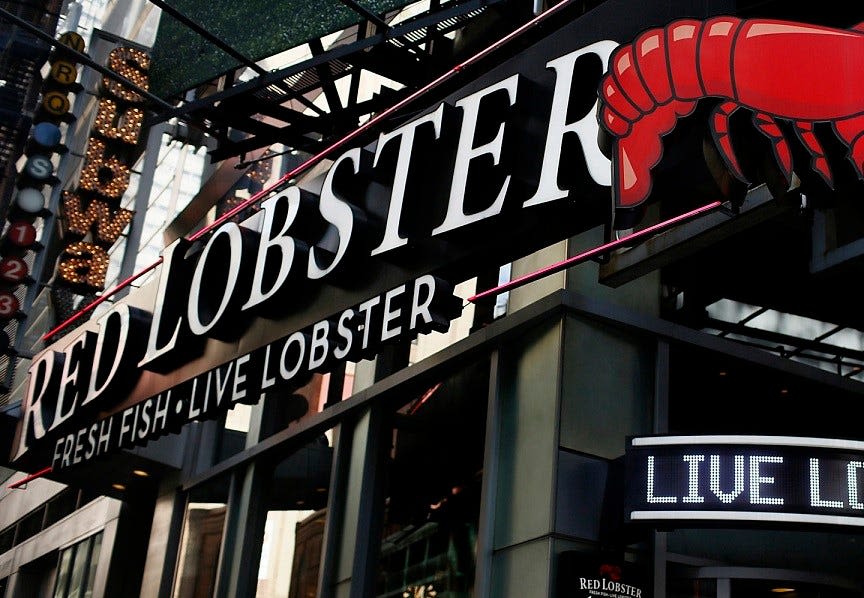Search results
A chapter 7 bankruptcy case does not involve the filing of a plan of repayment as in chapter 13. Instead, the bankruptcy trustee gathers and sells the debtor's nonexempt assets and uses the proceeds of such assets to pay holders of claims (creditors) in accordance with the provisions of the Bankruptcy Code.
Chapter 7 is known as “liquidation bankruptcy.”. It is the quickest, simplest, and most common type of bankruptcy. While nationwide bankruptcy filings in 2021 were surprisingly down 24% (to 397,370), the ratio of Chapter 7 filings among all bankruptcies held steady at 69%, according to the American Bankruptcy Institute (ABI).
News about bankruptcy filing, Steward Health Care, rue21
News about fee examiners, bankruptcy, debt settlement
Also in the news
Aug 6, 2021 · Chapter 7 bankruptcy erases most unsecured debts, that is, debts without collateral, like medical bills, credit card debt and personal loans. However, some forms of debt, such as back taxes, court ...
Apr 25, 2024 · Chapter 7 Bankruptcy and Your Credit. Chapter 7 bankruptcy eliminates debts without requiring filers to repay creditors, often making it the preferred choice of bankruptcy filers. Chapter 7 is also the cheapest bankruptcy chapter to file and the quickest to complete, usually taking four months.
Chapter 7 bankruptcy clears debt like credit card balances, medical bills, past-due rent payments, payday loans, overdue cellphone and utility bills, car loan balances, and even home mortgages in as little as four months. Learn more about the debts that are "discharged" or eliminated when filing for Chapter 7 bankruptcy protection.


